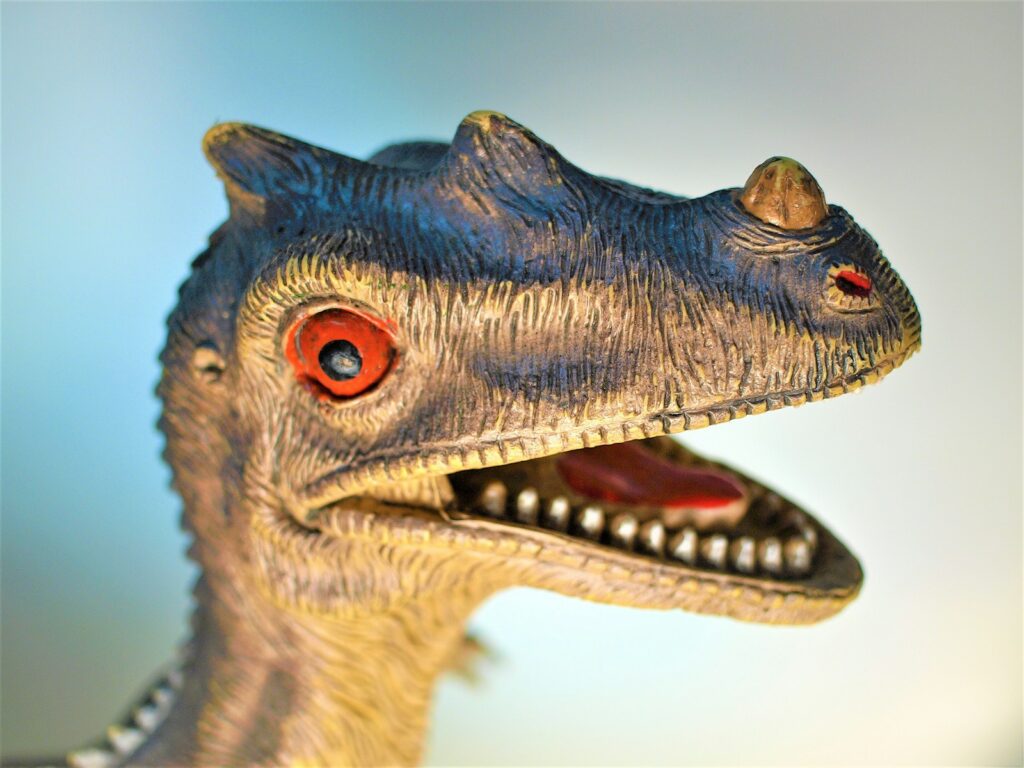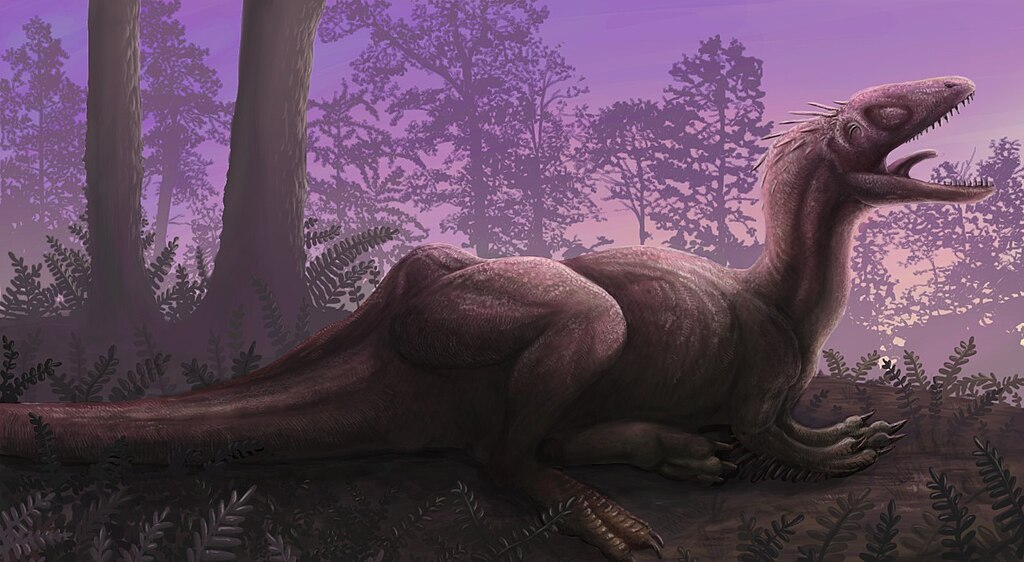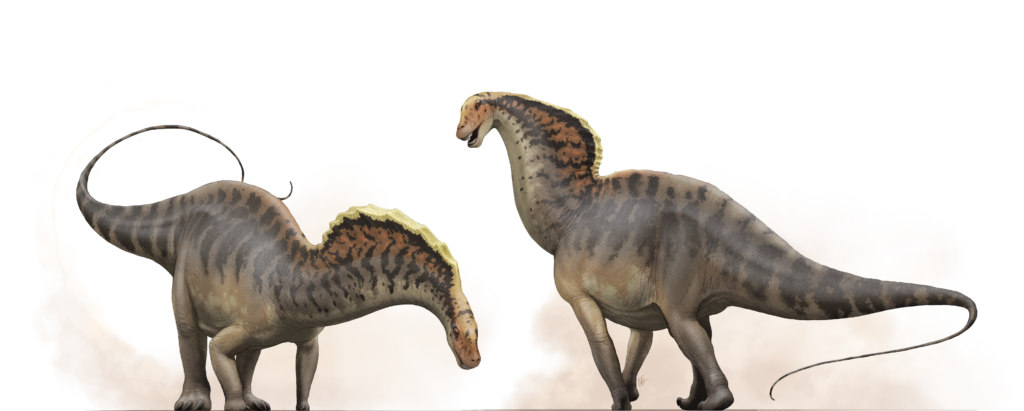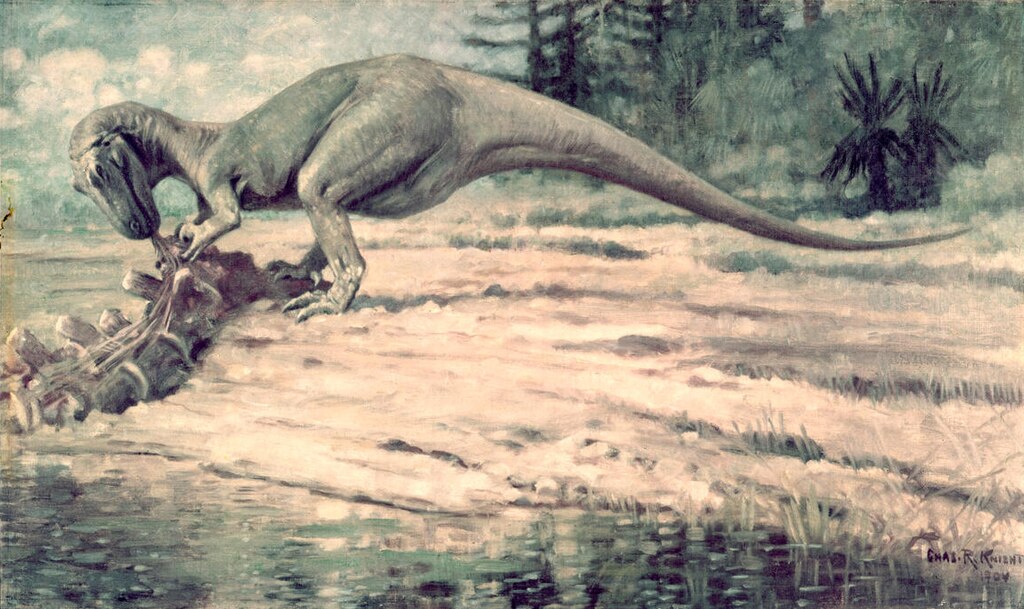Did Dinosaurs Have Lips? The Debate Continues
Dinosaurs have captivated our imagination for centuries, yet despite extensive fossil evidence, many aspects of their appearance remain shrouded in mystery. Among the most intriguing debates in paleontology is whether dinosaurs had lips similar to modern lizards or exposed teeth like crocodiles. This seemingly simple question has sparked considerable scientific controversy, dividing experts and influencing ...













